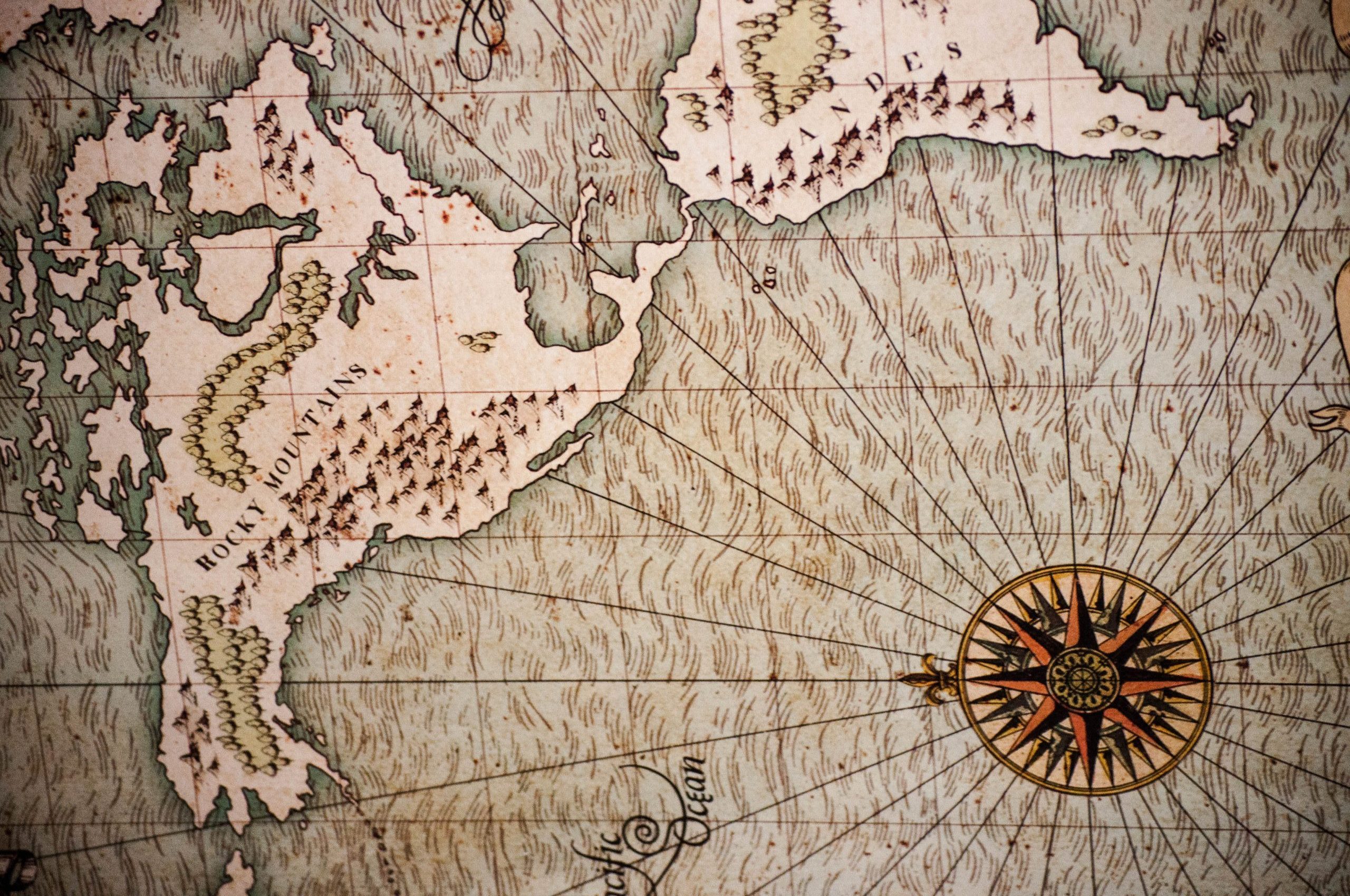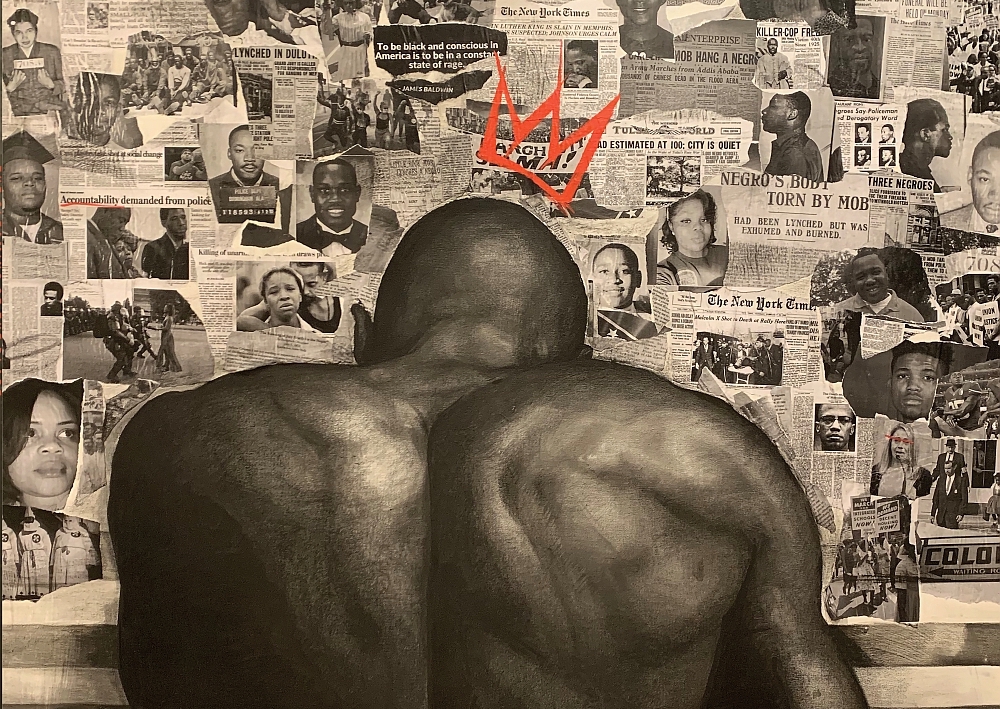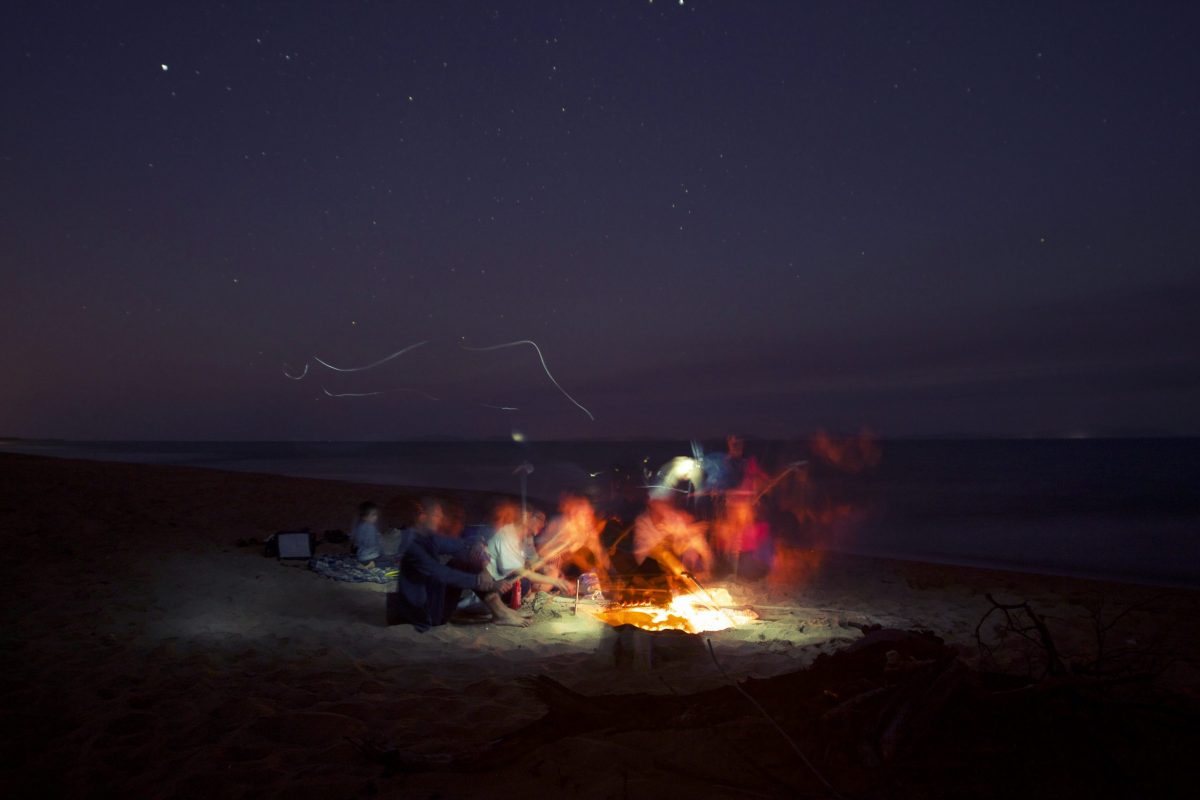Reading Lists
7 Novels About Maps With Hidden Secrets
Peng Shepherd, author of "The Cartographers," recommends riddles and mysteries tucked away inside a map, waiting to be solved

Is there anything more alluring, more full of curiosity and adventure, than a map? Inside every one waits a wondrous tapestry of beautiful landscapes, familiar and unfamiliar names of cities and streets, and an invitation to explore and imagine.
Since childhood, I’ve found it nearly impossible to resist the urge to pore over every map and atlas I come across. It was only a matter of time until this love crept into my stories. My second novel, The Cartographers, is about mapmaking and family secrets. A young woman named Nell Young discovers after the death of her scholar father that a seemingly worthless map in his belongings actually contains an incredible, dangerous riddle. She must set out to uncover both what the map and her late father have been hiding for decades. The book was inspired by a real-life cartography mystery, and is set amid old libraries and dusty archives, where plenty of rare, ancient maps lurk in forgotten collections.
If you love maps as much as I do, then you’ll probably agree that the only thing better than a map with secrets is an entire novel about a map with secrets—so here are seven books about mysterious maps:
The Bird King by G. Willow Wilson
This lush, beautiful fantasy is set during during the reign of the last sultanate of the Iberian peninsula. Fatima, one of the sultan’s favorite concubines, finds the innocent peace of the palace shattered when outsiders from another kingdom arrive to accept the sultan’s surrender and take over his land and people. Caught up in this political turmoil is Fatima’s closest friend Hassan, the sultan’s cartographer. Hassan isn’t just a cartographer, however—he’s also a magician, of sorts. He can draw maps to places he’s never been, or places that don’t exist, and make them real through his art. But when their lives are endangered by the outsiders and they must go on the run, Hassan’s gift becomes much more than a simple diversion. Desperate to survive, Fatima and Hassan decide to journey to the mythical island of the Bird King from one of their favorite stories, with the hope that if Hassan can draw them a way there, and they can survive long enough to reach it, they’ll be safe and free at last. The love Wilson has for cartography, history, and story is clear, gracing every page of The Bird King. By the end, you’ll also believe that Fatima and Hassan’s island is real, too.
The Girl from Everywhere by Heidi Heilig
In the first novel of this YA duology, Nix is the daughter and a crewmate of her seafaring captain father, who sails them not just across the world, but also across time, and even reality itself. As long as he has a map to a place, he can steer their ship to it, even if his destination existed centuries ago, or only in fairy tales or myths. Nix has already followed her father for her entire life, but their journey grows dangerous when he draws closer the object of his obsession—a particularly special map that could lead him back to his long lost love, Nix’s mother—because if he does manage to obtain the map and sail them there, it might undo Nix’s existence. This is a swashbuckling romp through several maps and their places, both real and imaginary, but Nix’s complicated relationship with her father and her other crewmates—as well as the historical and geographic research the author completed in order to write the novel—makes this more than just a simple adventure story.
The Map of Salt and Stars by Zeyn Joukhadar
The Map of Salt and Stars takes place in two different timelines, one in our modern day and one within a fable set eight hundred years before that. In the ancient fable, young Rawiya runs away from home disguised as a boy, desperately seeking work to help her mother out of poverty. She’s taken in by a mapmaker who’s drawing a map of the entire world for the King of Sicily, and in his employ, sets off on an adventure across the Middle East and North Africa, encountering opportunities and dangers both real and mythical.
In the present, a girl named Nour loses her father to cancer, devastating her and her mother, a cartographer who produces beautiful, strange maps entirely by hand. Nour’s mother decides to move their surviving family from New York back to Syria, where she presents Nour with a very special map just for her. Nour doesn’t understand its significance, but no sooner than they get settled, the political tension in the country turns violent. Nour and her sisters must flee across the same landscape that Rawiya traveled centuries earlier, encountering opportunities and dangers of their own, and drawing the two stories ever closer together, as Nour struggles to understand the secrets locked in her mother’s last work. The resonances between the two tales, as well as the poignant meaning behind the map gifted to Nour, beautifully highlight how maps are just as much about hope, people, and love as they are about land and distance.
Kraken by China Miéville
Kraken is a delightfully strange, brilliant mash up of genres, myths, and stories, but in Miéville’s expert hand, it works. It all starts when Billy Harrow, a cephalopod specialist, discovers that his museum’s Giant Squid—a creature roughly the size of a city bus—has somehow, impossibly, vanished from its tank without a trace overnight. He soon discovers that this isn’t merely a baffling theft, but actually the opening moves to an ancient war over the end of the world that has been brewing for centuries. Several dangerous, powerful, and mystical organizations are locked in an apocalyptic battle, and the giant squid turns out not to be a scientific specimen, but possibly a god in a religion that has existed since the dawn of time. This long-dead sea monster, or more precisely, its ink, could be the key to victory or destruction.
When these forces all realize that Billy might know the location of the squid, he goes on the run, desperate to reach the squid, and maybe save the world, before his enemies can catch up. One of the most delightful scenes in the book is when several characters discover the trap streets of the popular “London A-Z” travel guide book. In the cartography industry, trap streets are roads secretly drawn into maps that don’t actually exist, to mark a work as unique to its maker. But in Kraken, they’re so much more—they’re real, and serve as hideouts where the various magical groups at war are able to escape and regroup safe from notice by the regular population of the city—but you can only reach them if you’ve got a map that shows the way.
Paper Towns by John Green
Paper Towns is a coming of age adventure about places and people who don’t exist. Set in a fictional subdivision in Orlando, Florida, the story follows a high school senior named Quentin, who’s always had a crush on his school friend, Margo. Margo surprises Quentin one night, just before graduation, by climbing in through his window the way she used to when they were young, and inviting him on an all-night dare to play pranks on some of their classmates who she believes have wronged her. Quentin is hopeful that something romantic might blossom between them—but it turns out that Margo vanished after that night, and hasn’t been seen since.
Quentin is at first worried that Margo might be in danger, but he soon discovers that she left him a series of clues that might lead to her whereabouts. He and his friends set off together, following her clues to abandoned places from their youth, including a closed down strip mall, half-built and forgotten subdivisions, and even an entire nonexistent town. Quentin’s scavenger hunt is good fun, but the eeriness of the liminal spaces he visits—places that can be found on maps, or in city plans, or online, but not fully in the real world—is what makes this book special.
The City We Became by NK Jemisin
The City We Became may be set in New York City, but it’s just as fantastical, if not more so, than all of the other novels on this list. The map that accompanies this book at first looks like a simple tourist map of New York, with some doodles and notes in the margins. What are little monsters doing in Queens? Why is there a list of other similarly gigantic cities scribbled at the bottom? As one reads further, these doodles and notes turn out to mark key points in the book, and, true to form, map a path to follow through the story.
In Jemisin’s creation, cities start out as just cities, but if they survive long enough (on the order of centuries or millennia), they eventually come alive. And not in the metaphorical sense. Cities turn into living, breathing entities—embodied in a person. In New York’s case, each of the five boroughs creates their own human manifestation. But there’s another dark force out there, a power that destroys living cities in order to steal their energy—and it knows that New York is awake now. These five newly-born souls must find each other and figure out how to work together before their young lives, and fierce city, are extinguished.
The Flanders Panel by Arturo Pérez-Reverte
This last entry is sort of a stretch, because the map is actually a chessboard, but I still count it. A young art historian named Julia is hired to restore a 15th-century painting that depicts players locked a chess game. While working, she stumbles across an inscription hidden under the paint that asks, “who killed the knight?” After some investigation into the original artist and work, she discovers that the chess position in the painting is not just art, but rather a carefully constructed puzzle whose moves conceal a murder that happened centuries ago. Just as Julia starts digging, however, her friends begin to die, and someone begins sending her advice for chess moves based on the position of the pieces in the painting. Desperate to solve the mystery and save herself and the people she cares about, Julia turns to a chess genius to help her solve both mysteries before the end of the game catches up to her.
This is a dazzling, complicated mystery, but one of the most engrossing parts is all of the chess diagrams. As Julia and her friend attempt to play through the chess game in the painting to find the killers, Pérez-Reverte includes a picture of the board at every stage, much like a map, so readers can follow along. It’s thrilling to watch the pieces move from diagram to diagram, drawing ever closer to revealing their secrets.









